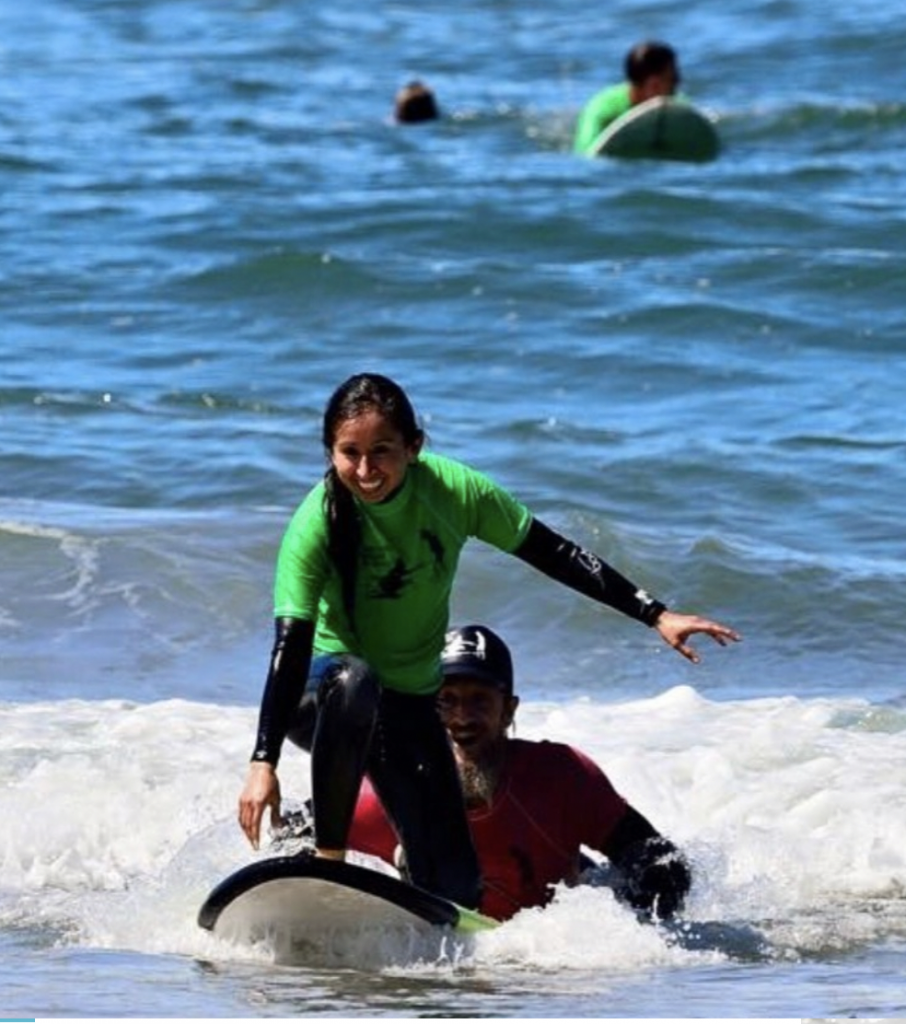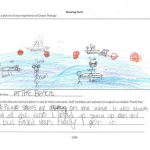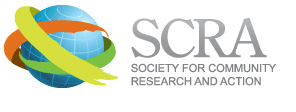Submitted by: Gregor V. Sarkisian, Chloe Curtis, and Carly M. Rogers
Highlights
Surf therapy is an effective intervention to increase positive self-identity, and feelings of safety and inclusion for youth at-promise.
────
Surf therapy increases youths’ sense of hope after just one day.
Surf therapy is an emerging intervention serving people around the world, including youth with disabilities, vulnerable youth, active duty military service members and military veterans. Surf therapy combines supportive surf instruction with group processing for improved mental and physical health.
The one-day surf therapy program provided by Jimmy Miller Memorial Foundation (JMMF) for youth at-promise[1] includes 1) an opening talking circle where participants share their experience around a given theme, the ocean, 2) a surf lesson on land 3) a surf lesson in lesson in the ocean, 4) a second talking circle, 5) a second surf lesson in the ocean, 6) lunch, 7) a closing talking circle with opportunity to reflect on the theme of the day and other experiences (e.g., about self, the ocean, or other attendees). Typically, there are 10-12 youth participants at each ocean therapy session and the program is free to participants.
“Surf therapy may be an effective intervention to increase hope among youth at-promise. Participants experienced a statistically significant increase in hope after participation that was sustained one-month after participation in the JMMF one-day ocean therapy program.”
Many surf therapy programs developed organically, operate on small budgets, and serve marginalized groups. Program evaluation and empirical research efforts began ten years ago and have increased considerably over the past five years. Our research is the first of its kind to evaluate a one-day surf therapy program for youth-at-promise.
How Did A Community Psychology Perspective Inform Your Work?
Surf therapy programs, including the Jimmy Miller Memorial Foundation, utilize four community psychology practice competencies: Empowerment, Community Inclusion and Partnership, Mentoring, and Health Promotion.
We aim to EMPOWER participants by teaching them to surf in a supportive, structured environment. By accomplishing something outside of their comfort zone, we see a change in hope and self-efficacy.
Surf therapy programs are designed for COMMUNITY INCLUSION AND PARTNERSHIP. In the JMMF program specifically, participants drive the experience and progress at their own rates. Whether that means standing up on the board on the first try, riding the waves in on their knees, or opting to build sand castles instead, participants lead the way.
MENTORING occurs through 1:1 surf instruction. Instructors/therapists teach and encourage participants both in the water, and on the beach while sharing in the talking circle. Instructors provide a model for sharing, encourage self-reflection and social engagement, and provide a sense of safety and encouragement when catching waves.
All surf therapy programs focus on HEALTH PROMOTION. Participants engage in the physical activity of surfing and feel the healing power of nature and blue space.
Methods and Results
Participants (N=152) were recruited through youth-serving mental health and foster care organizations in Los Angeles, CA, USA, and were predominantly Hispanic or Latino (71%), or Black or African American (18%). More than half (57%) were female, with ages ranging from 6 to 19 years.
Participants were asked to complete a drawing of their ‘Experience of the Day, ’ identify a theme for the day, and write a few sentences to describe their drawing. Drawings and their associated text were rated based on an adapted coding system developed from prior research by Benninger and Savahl (2016)The four program processes indicators were Safety, Social Support and Inclusion, Learning Something New or Having Fun, and Self-Identity or Self-Concept. Criteria for identifying an expression of Safety, for example, included a “drawing depiction or text that reflects education about ocean safety, or JMMF team members and/or peer participants keeping them safe.”
Based on the ratings of 157 drawings and related text reflecting participants’ experience of the day on four program process indicators, 92% (n=145) of participants expressed experiencing opportunities for learning and fun. More than three-quarters (77%, n=121) expressed a positive self-identity/self-concept, 61% (n=95) expressed feeling safe, and 58% (n=91) expressed experiencing feeling social support and inclusion.
Study participants also experienced a significant increase in hope through their participation in the program. Hope was evaluated through an observational one- group pretest-posttest follow-up design using the Children’s Hope Scale. A paired samples t-test found a statistically significant increase in mean scores on hope after participation.
What Does This Mean?
We hope that more people will discover the power of surf therapy and get involved through volunteering, advocating, donating, and participating. We aim to support all surf therapy programs around the world by adding to the knowledge base supporting the efficacy of surf therapy as an intervention. Go Far, Go Together!
Original Citation: Sarkisian, G.V., Curtis, C., & Rogers, C. M. (2020). Emerging Hope: Outcomes of a One-Day Surf Therapy Program with Youth At-Promise. Global Journal of Community Psychology Practice, 11(2), 1 – 16. Retrieved Day/Month/Year, from (http://www.gjcpp.org/).
[1] In October 2019, the state of California passed legislation to amend the language in the Education Code and replace the term ‘at-risk’ with ‘at-promise’. The term ‘at-promise’ was intended to acknowledge the resilience of youth growing up in challenging conditions and remove the negative stigma associated with the term ‘at-risk’.




